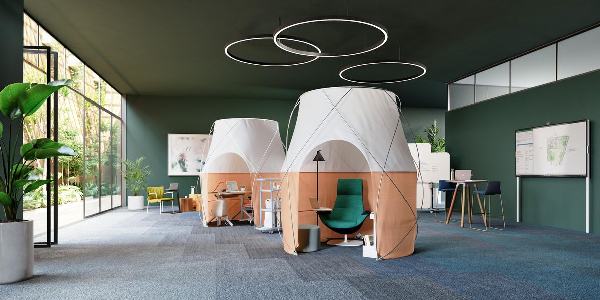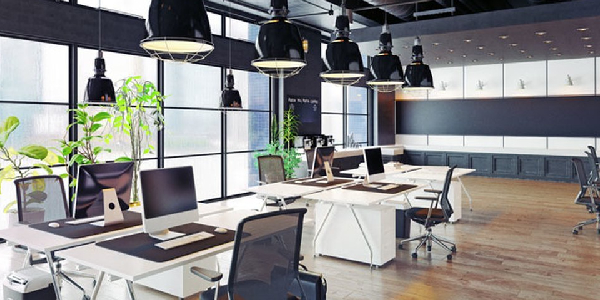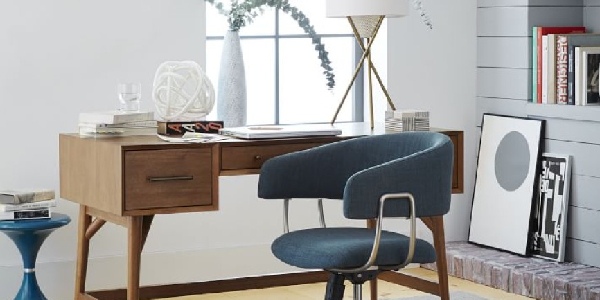Furniture hygiene in a post COVID-19 era
The COVID-19 outbreak is altering many aspects of our lives, including our sense of cleanliness.
Supermarkets, hand sanitizer, soap, and antibacterial wipes are hard, if not difficult, to find. We’re no long only concerned with visible dirt; we’re still on the lookout for a highly contagious disease, as well as all the unseen germs we’ve always sought to eliminate.
It’s a physical issue that also has a significant mental and emotional effect. When businesses explore how to reintroduce employees to the workplace, the methods for cleaning, disinfecting, and sanitising wood executive office furniture not only must alter but also become more clear. The first move is to de construct the jargon that covers what it takes to keep an office clean.
A silver lining is that manufacturers and facilities managers are beginning to communicate more openly. Related brochures or guides have invariably included information about how to clean items used in a range of furniture applications safely. It’s all too easy to dismiss these in-depth descriptions before they’re needed.
Experts advise that, just as we must check the tags on our clothing before cleaning them, we should verify the washing instructions for materials and materials in the office and use the approach that is less harmful while still being successful.
This skill is still available with each product, and it’s becoming more customer, but there’s a renewed focus on a reciprocal back-and-forth conversation between products specialists and those capable of keeping workplaces safe around the world.
We will try to understand and be aware of how to prevent the diseases from spreading as new scientific findings about infectious diseases are made. However, after and over a century of due process our goods in internal labs, we are now able to share whatever we’ve learned by assistance in the description of such widely used (and misused) words.
There is a difference between cleaning, disinfecting, and sanitising.
Detergent (or soap) and water are used to remove germs, debris, and impurities from surfaces or fabrics. Cleaning does not destroy bacteria, but that does reduce their growth and infection spread.
Disinfection is the use of chemicals to extract germs from objects . It may not always disinfect dirty surfaces or kill germs, but it may prevent infection spread by killing bacteria on a surfaces after washing.
Sanitation of surfaces or artefacts can reduce the amount of microbes on them and then a safe level. This technique helps clean or disinfects floors and items to reduce the risk of virus.
Cleaning agents that are used to remove the stain cannot also be antiseptics, and vice versa.
A RANGE OF OPTIONS
Organizations are thinking about which chemicals to include in the future and how to clean current goods. The good news is that offices aren’t restricted to a few choices that may sound very clinical simply since they need to wash and clean with a disinfect cleanable product.
In addition to washing, anti – microbial additives are a popular subject. Antimicrobial agents do not always provide virus protection and so are not suggested.
WHAT EXACTLY ARE ANTIMICROBIALS?
Antimicrobial properties refer to a substance’s ability to destroy or inhibit the growth or activity of microbes, fungi, and viruses.
Antimicrobials may be derived from the natural properties of a material, its physical environment, or a biochemical additive.
Antimicrobials may be directed at particular types of microorganisms (for example, antibacterial, antifungal, or antiviral agents), individual members of a genus, or the entire population.
Antimicrobial methods for materials and surfaces currently in use have never been shown to kill or prevent virus like the coronavirus.
Steelcase offers antimicrobial products for elevated surface such as furniture surfaces and worksurface laminates to customers that need antimicrobial additives.
Antimicrobial additives and innovations are continually changing, and material manufacturers like Designtex are still looking for new discoveries and technology. Whether antimicrobial agents are used or not, cleaning and disinfecting all surfaces and reminding the world to wash their hands is the most efficient way to prevent infection.
Regardless of the fact that products are now properly washed, disinfection was not always needed. The coronavirus has hastened research into the effects of disinfectants on products and goods. T est lab has now become operational, enabling material specialists to start sharing more of what is and isn’t acceptable.






